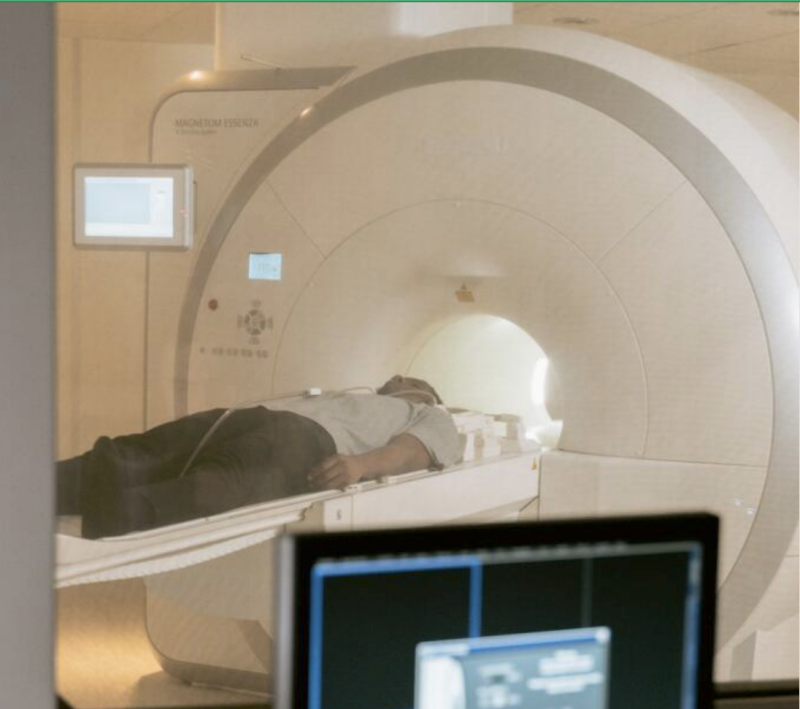Our latest report published for The Midlands Decision Support Network presents a systems analysis that suggests, alongside benefits, the recent growth in diagnostic testing has had a substantial and adverse effect on the flow of patients through hospitals and on the timeliness of care that patients receive.
We find that growth in diagnostic testing has led to:
- Longer waits and overcrowding in emergency departments.
- A longer waiting list (and longer waits) for elective treatment.
- Longer stays in hospital and decreases in bed availability.
These effects are sizeable; they are felt in both elective and emergency pathways; and, unaddressed, they will undermine patient safety.
The key message of this report is that trade-offs are inevitable in our health system. All else being equal, an NHS that increases testing as fast as capacity allows will be more perceptive but less responsive than one offering minimal testing. The question is, what is the correct balance? What rate of diagnostic growth will secure the best overall outcomes for the population?
It may be that the NHS will have to grow diagnostic services more slowly than it might wish, so that the growth is sustainable and better balances risks and benefits across the system.
CC BY-NC-ND 4.0

This work is licensed under a Creative Commons Attribution-NonCommercial-NoDerivatives 4.0 International License.
